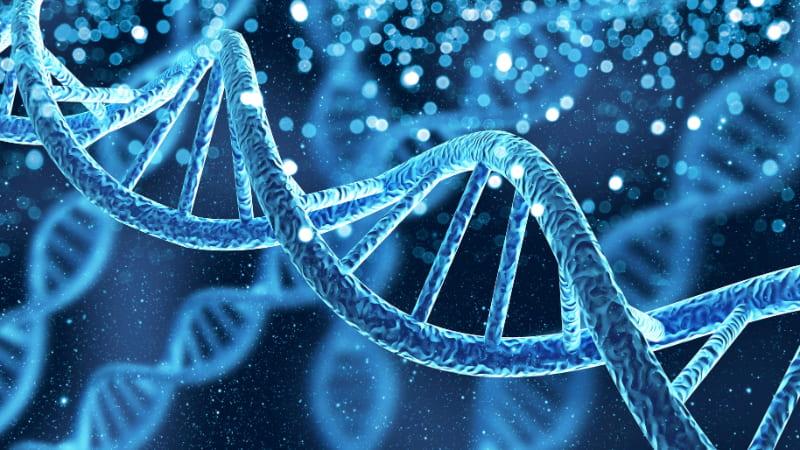
Leukocyte adhesion deficiency (LAD)
Leukocyte adhesion deficiency (LAD) is a primary immunodeficiency that causes individuals to be abnormally susceptible to developing frequent soft-tissue infections, gum inflammation, and tooth loss.

Leukocyte adhesion deficiency (LAD) is a primary immunodeficiency that causes individuals to be abnormally susceptible to developing frequent soft-tissue infections, gum inflammation, and tooth loss.
See if you qualify to participate in clinical trials evaluating new treatments and/or diagnostics for LAD.
The mainstay treatment is the aggressive use of antibiotics to treat the repeated infections associated with LAD. Individuals with moderate or mild forms of LAD1 or LAD2 usually respond to prompt antibiotic treatment for episodes of acute infection. Preventive or prophylactic antibiotic therapy may be advisable for individuals with LAD1.
In rare cases, transfusions of neutrophils (the white blood cells most affected in LAD) may help treat life-threatening infections. However, these are not widely available and should be used only in severe cases when all other therapeutic options have failed. Blood transfusions are required for individuals with LAD3 who experience severe bleeding episodes.
The only corrective therapy for individuals with LAD1 and LAD3 is hematopoietic stem cell transplantation. Stem cell transplants can correct the genetic variants of the white blood cells and are recommended early in life if possible. The initial results of stem cell transplants for individuals with severe LAD1 have been very encouraging. Overall survival of individuals with LAD1 who have had a stem cell transplant is almost 75%.
Researchers are studying whether gene therapy, the implanting of healthy copies of the ITGB2 gene into the blood stem cells of individuals with LAD1 can potentially cure the disorder.
Supplementation with fucose, a form of sugar, is being investigated as a way to treat individuals with LAD2. A few patients have had significant improvement in symptoms, including the prevention of recurrent infections. However, not all patients respond to fucose supplementation. Further research is necessary to determine the long-term safety and effectiveness of this treatment strategy.
This page contains general medical and/or legal information that cannot be applied safely to any individual case. Medical and/or legal knowledge and practice can change rapidly. Therefore, this page should not be used as a substitute for professional medical and/or legal advice. Additionally, links to other resources and websites are shared for informational purposes only and should not be considered an endorsement by the Immune Deficiency Foundation.
Adapted from the IDF Patient & Family Handbook for Primary Immunodeficiency Diseases, Sixth Edition.
Copyright ©2019 by Immune Deficiency Foundation, USA
Receive news and helpful resources to your cell phone or inbox. You can change or cancel your subscription at any time.